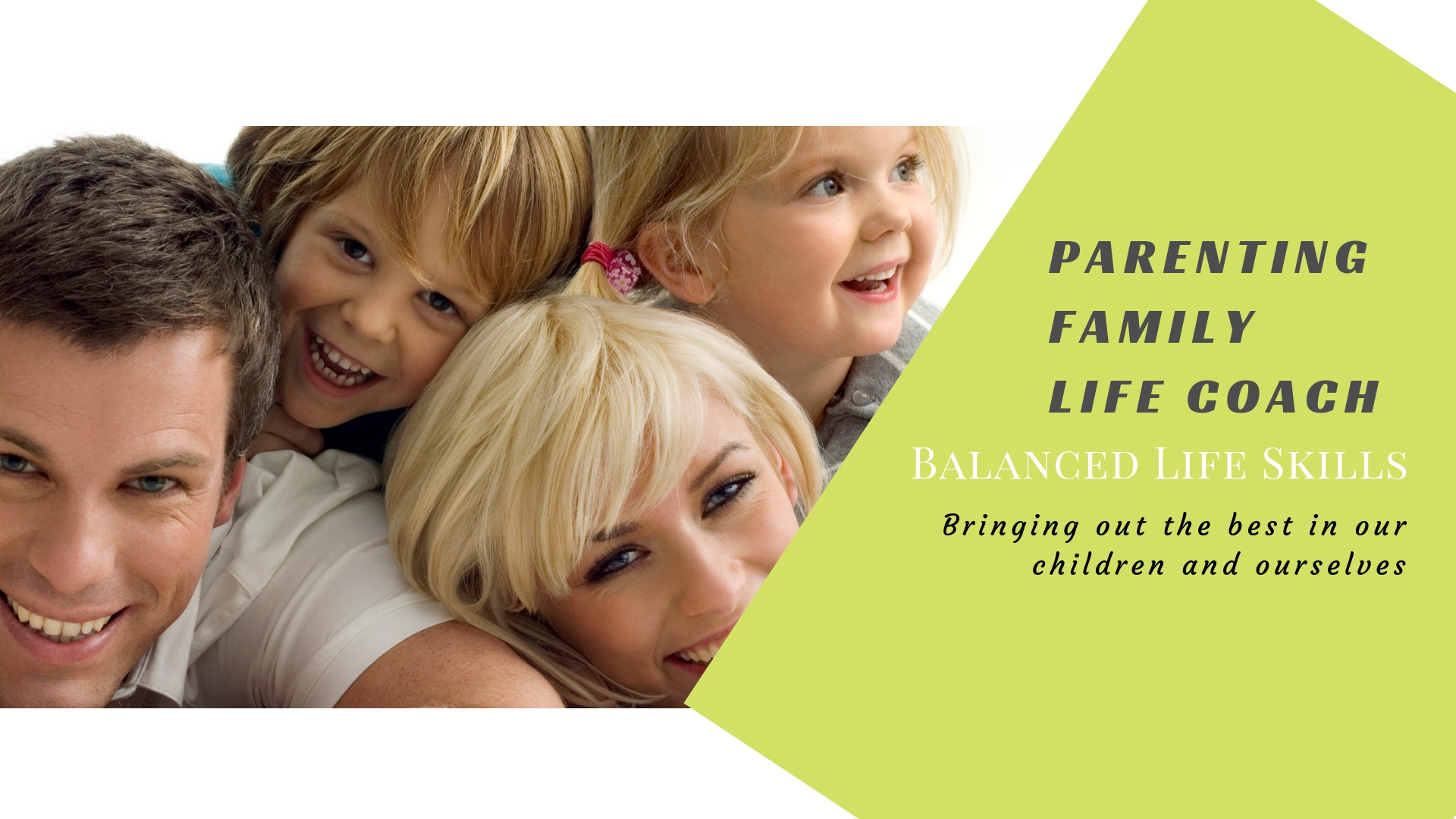 We have all seen the child or the adult that sees others as the cause of their anger. Someone, or something provokes them, and their anger is the “reasonable response”, from their point of view. Its not their fault if they loss their temper because… This is a way of sidestepping the responsibility for their feelings and reactions and the damage that they may cause.
We have all seen the child or the adult that sees others as the cause of their anger. Someone, or something provokes them, and their anger is the “reasonable response”, from their point of view. Its not their fault if they loss their temper because… This is a way of sidestepping the responsibility for their feelings and reactions and the damage that they may cause.
One of the reasons they take this position is because of feeling out of control over their lives. They may feel like their is very little they can do about a situation and in fact the pain that they are feeling and they are upset at those they they believe caused that pain. They feel like they cannot stop what is happening and so they go into the fight or flight mode – and they choose to fight. This lack of power they are feeling is brought on by not knowing that there may be a solution to the issue. The more they blame others the more they believe it and the more angry they become.
Some of the favorite methods they might use, actually brings more trouble to them and you will probably recognize some of these. They may speak in a sarcastic manner, criticize others, get in your face because of not knowing when to back off, or nag until the other persons patience is gone. Here is what we want to remember though: Even if there is a reason for the reaction and the anger, it does not absolve one of the responsibility. There is a difference from explanation and excuses, but that is hard for a child or an adult to see, especially if they have used these tactics for a period of time.
Even when children or adults continue to find a way of not taking responsibility and blaming others, we must recognize they are still feeling the pain and would very much like to get rid of the pain. One nine year old said, “One part of my brain tells me to stay calm and another part tells me to by angry. I can’t help it if the angry side wins.” What you hear in this is a cry for help, a desire for understanding from others and to feel like they are in control of their feelings. They don’t want to feel powerless.
What can we do to help a child or an adult who feels like this? We must teach them to recognize the causes of the anger and suggest alternative resolutions to the problems. This takes time and patience. My personal example I think is a good one for that. Every year at the beginning of November I became a bear to be around. I was short with everyone and took nothing from nobody. After looking at this deeply I realized that this was the time of the year that my father passed away when I was very young and subconciously I was still reacting to this. I was 32 years old when I figured that out. It takes patience. But please remember that patience is part of the lesson of problem solving.
Like in most things you will not solve problems by using the same thing against the problem. Do not shout, blame or have pointless discussions that the person deserved what they got. It solves nothing. Find a way to suggest that even if someone else is to blame that we need to find a solution to handle this that benefits you. This will be very helpful to the angry child or adult.
 Each month we define and discuss a word of character development with all of our students. This month the word is Focus. It will be defined this way.
Each month we define and discuss a word of character development with all of our students. This month the word is Focus. It will be defined this way.


